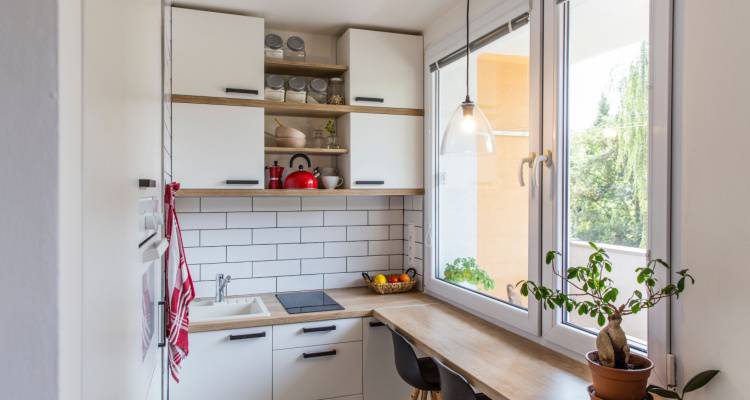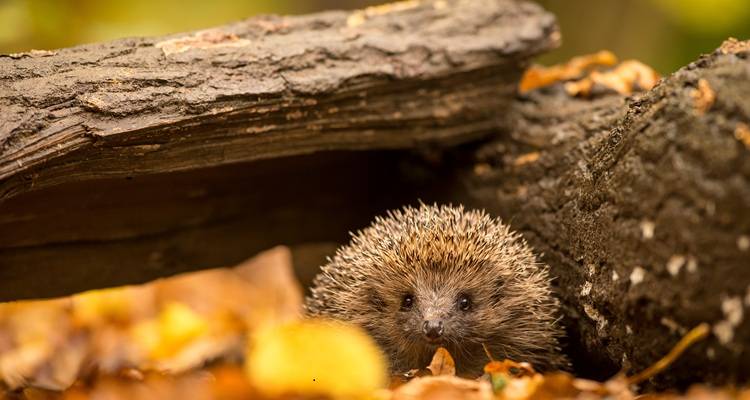Beginner’s Guide to Beekeeping
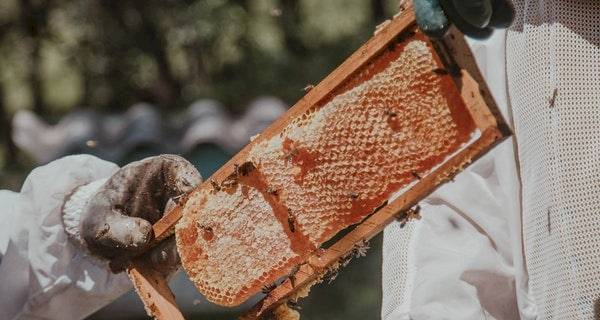
Beekeeping can be described as a niche activity that isn’t as mainstream as other hobbies. But, if you get into it, there are many benefits beyond eating delicious honey.
In this article, we’ll examine beekeeping UK, the supplies needed to get into it, and the steps to take as a beginner. Therefore, if you are an aspiring beekeeper, read on and gather more information about this prestigious practice.
Table of Contents
- What is Beekeeping?
- What Are the Benefits of Beekeeping?
- How Much Room Do You Need for Beekeeping?
- Types of Hives
- Local Laws
- Beekeeping Supplies
- How to Start Beekeeping
- Types of Bees
- Beekeeping Pests and Diseases
- Beekeeping Course
- British Beekeeping Association
- Conclusion
- FAQs
What is Beekeeping?
Beekeeping is the practice of maintaining bee colonies. Apiculture, which is the technical term for beekeeping, has been around for centuries with recent discoveries pointing to North Africa (about 9000 years ago), as the genesis of the practice. However, honeybees are believed to have initially come from Southeast Asia. They are typically industrious creatures who start out as eggs laid by the queen bee. Later, they are nurtured by other worker bees, and they grow enough to become part of the colony.
While there are different types of bees, the honeybee is most commonly used in beekeeping. Their hives produce various products including beeswax, propolis, flower pollen, bee pollen, royal jelly, and, most importantly, honey. Also, these products can be sold or kept for personal use.
What Are the Benefits of Beekeeping?
Are there benefits to beekeeping? Yes! Several in fact. In this section, we’ll look at some of them.
Preserving Bees
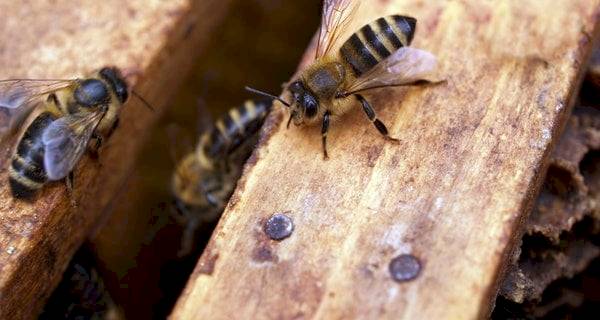
Bees are beneficial to the environment. Unfortunately, many environmental factors are threatening their survival. Luckily, beekeepers create an environment in which the bees can thrive and forage in peace. This practice is called natural beekeeping and also involves protecting the bees from pests and other factors that could endanger them. Besides, bees also encourage healthy plant growth, and their demise will only adversely affect the environment.
Homegrown Honey
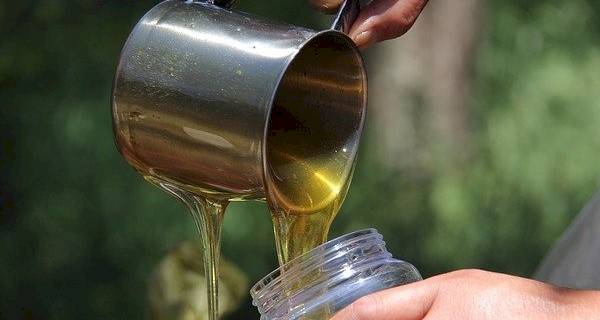
Owning a honey source has a lot of benefits which include increased income and fresh honey for personal use. Honey has several uses, mostly sweetening things. It is also a great alternative to sugar as it doesn’t have the same side effects. But, apart from that, honey is rich in nutrients including potassium, zinc, niacin, riboflavin and so on. On top of all this, honey offers many health benefits and can be used against coughs, injuries, and even dandruff.
Beeswax
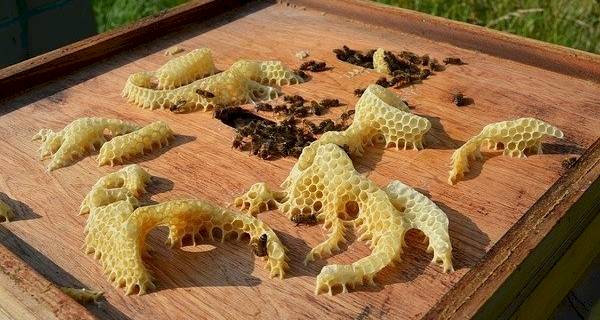
While honey is the most popular product of a hive, beeswax, which is highly useful against high cholesterol, fungal skin infections, and other health issues is also very beneficial. In fact, it is also pivotal in the manufacturing process, often being used as a thickener, emulsifier, and stiffening agent. Additionally, it is also used in candle making, cosmetics, soap production and so on.
Similar to honey, locally produced beeswax also saves you a tonne of money. Homemade beeswax is devoid of any unpleasant additive that could stifle its effectiveness, and it provides an excellent source of income in the process.
Pollination
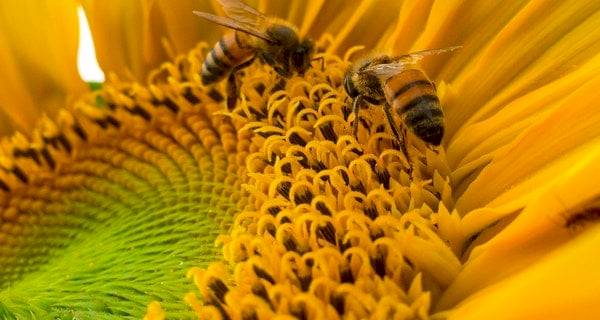
Pollination involves transferring pollen grains from the male anther of a flower to the female stigma of another. Through this means, plants can create offspring. This process is heavily influenced by bees as they act as the means of transport for the pollen grains from one flower to another. Therefore, if they are not around to do this job, it will be to the detriment of the plants, and by extension, our environment.
Low Cost of Maintenance
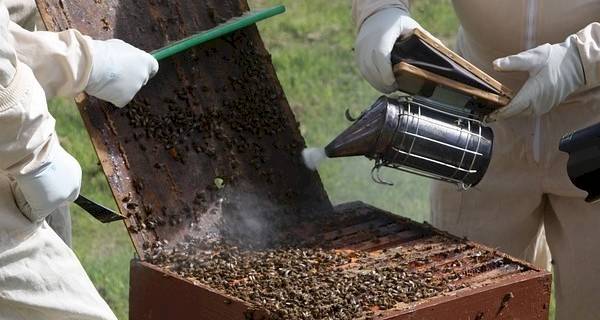
While beekeeping equipment is required to successfully raise and foster honeybees, it doesn’t cost as much as you think. Also, once you get past the initial stage, bees are quite low maintenance. For instance, they don’t need your help to maintain their hives, develop their honey, or attend to their queen. Therefore, you can keep a convenient weekly schedule when taking care of bees. You’ll need to put some work into harvest honey or protect the hive during winter. However, once you take care of this, there isn’t too much to do.
Rewarding Experience
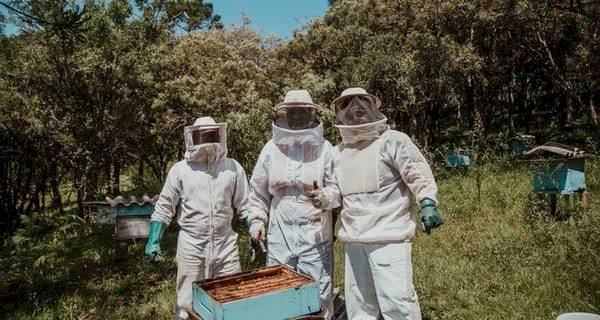
Understandably, beekeeping is not for everyone. However, if you are fascinated by bees, then keeping them can feel really rewarding. This is especially true when you consider the numerous benefits and environmental factors. Furthermore, some people find the process of taking care of bees very relaxing. And while they can be pretty noisy when they get going, it feels great to be a part of nature in this way. Also, there is a thriving community of beekeepers who help each other out, and the sense of belonging that comes from being part of a niche space cannot be underestimated.
How Much Room Do You Need for Beekeeping?
Bees can be fostered in the countryside, in a bustling city, or even on a small balcony. Interestingly, urban beekeeping has become more popular over the years and with it has come more tricks and techniques with which to manage space. That said, there are a few things that determine how much space is required for your bees from the type of hive to the number of bees you hope to keep. Below, we’ll discuss some of the considerations you need to think about when determining how much space you’ll need for your bees.
Type of Hive
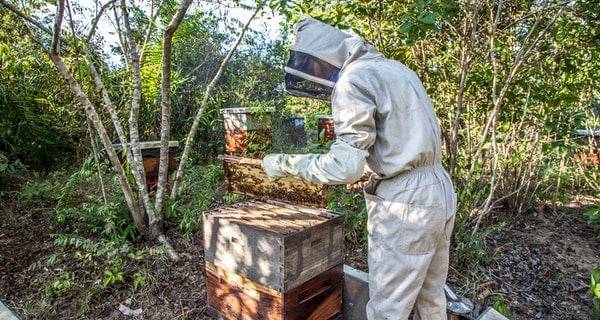
There are a few types of beehives available for you to choose from, but it will depend on how much space you have accessible.
For instance, the Langstroth is usually more vertical as it is essentially stacked boxes. It is usually the most common type used by those who live in urban areas and are convenient due to how organised they are. On the flip side, they can become really heavy as time goes on.
Meanwhile, top bar hives are more horizontal and are less invasive to the bees. However, they might require a bit more space and will most likely suit people out in the countryside a lot more.
Number of Hives
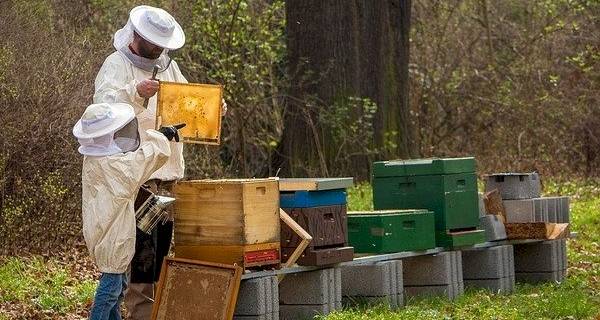
The number of hives you decide to work with affects the amount of space you’ll need. For example, if you have just one or two hives, you can easily keep them in a backyard or balcony. However, if you have your sights set on owning numerous hives due to various reasons, then you’ll need ample space to accommodate all the bees.
Fortunately, beehives can be kept pretty close together with some beekeepers keeping them about 6-8 inches apart. However, if you prefer to keep them further apart, you can, the only drawback is that it increases the amount of distance you’ll need to cover when carrying out maintenance.
Hive Entrance Direction
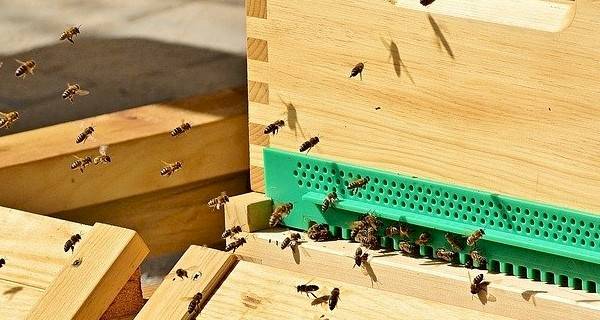
During the day, the front of a beehive is a ‘hive’ of activity as bees come in and out, working and putting things in place for the hive. Therefore, you need to put some thought into the entrance of the hive so that it doesn’t bother neighbours or other people who might be living around. This is especially important for urban beekeepers who might not have the luxury of space.
On the other hand, if you are in the countryside with ample space, then you might not need to worry about the entrance as bees are pretty flexible. That said, there are a couple of other things to consider about the entrance of a beehive. One such consideration is pollination as the entrance of a beehive could make the process easier.
Local Laws
Depending on where you live, there might be different local laws that govern apiculture. In some places, you might have to place the hive in a certain area of the home or some distance away from other properties. Ensure you read all the relevant laws before setting up the space for your bees.
Also, bees need ample space to take off and land, and for this reason, it is important to have some space in front of the hive. Furthermore, as explained earlier, beekeeping in an urban area comes with its set of challenges, including small space, but there are a few hacks that you can employ. One of the most effective ones is using screens to redirect where the bees fly. Also, you could make use of a roof or a balcony which keeps the bees in a safe space that won’t constitute a nuisance to neighbours.
Meanwhile, keeping a beehive in the countryside or suburban environment is probably easier as you’d typically have more space and will be surrounded by more vegetation.
Types of Hives
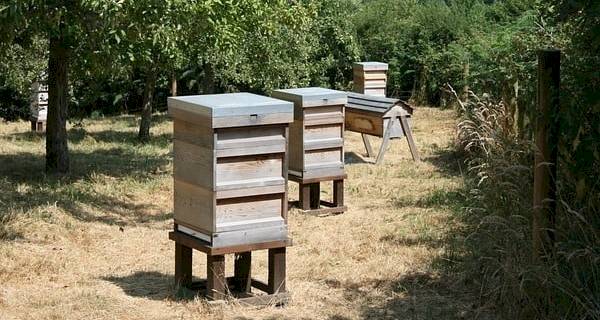
There are a few types of hive to choose from that have different characteristics making them suitable for different environments. In this section, we’ll examine both hives and explain what makes them so attractive to users.
Langstroth Hives
The first and arguably the most common type of beehive in the world is the Langstroth (especially in the USA). This hive consists of stacked boxes and is very popular as managing it doesn’t require too much work. More so, adding a new box on top of the last one is basically all there is to it. The box comprises ten frames which are hung inside the box and help to direct traffic. Furthermore, since it is so common, there are more resources with valuable information on how to adequately maintain them.
Langstroth hives are suitable for people with smaller spaces as they can be kept close together and the placement of the frames help to direct bee flight upward where it is less likely to interfere with you or the neighbours. However, on the downside, these boxes can become really heavy especially in summer. Therefore, inspections and maintenance can become pretty difficult as it would require moving the boxes, including those on top.
National Hive
This hive type is the most popular in the UK, and its design is based on the Langstroth hive. The national hive is suited for non-prolific bees, due to its small brood box. However, if you want to keep prolific bees, you can add a super to the brood box increasing space for the queen. You can usually purchase them in either cedar or polystyrene.
WBC Hive
Named after its inventor William Broughton Carr in 1880, the WBC is a double-skinned hive and is often seen as a traditional British beehive. It very well insulated and have an attractive appearance, but they can be more expensive than other hives due to its complicated design.
Top bar hives
As opposed to Langstroth hives which are vertical, Top bar hives are more horizontal. Therefore, the hive is built outward when new frames are added. This design is simpler than the Langstroth and provides the bees with ample room to move about with obstruction. In addition, frames aren’t necessarily required with these types of hives and bees are free to build honeycombs from scratch. All you need are some empty bars which create space for the bees.
Due to the style of these beehives, they are more common in the countryside or in suburban areas which have more space. Also, there are various advantages to using a top bar. For instance, some top bars have a little window through which you can observe the bees at work without having to remove the screens. Therefore, you can watch the bees in their most natural state.
Beekeeping Supplies
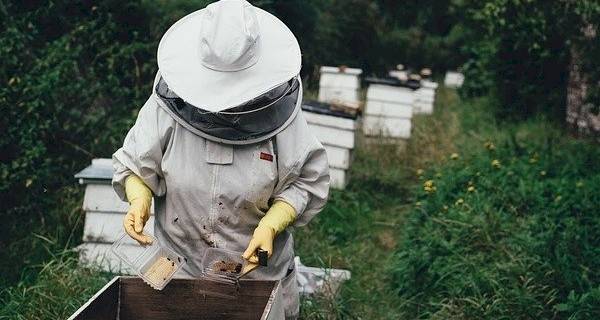
If you’ve decided to give modern beekeeping a go, there are a few pieces of equipment you’re going to need to get started. In this section, we’ll examine each one, why you need it, and what role it fulfils.
Beekeeper’s Suit
Just like firefighters require a protective suit to work with fumigators, similarly, if you’re going to work with bees, you will require a suit to protect you while you tend to them. Typically, they provide adequate support when carrying out maintenance.
Smoker
A smoker device is typically constructed with durable metal which emits smoke. The smoke functions to calm the bees and prevent them from attacking or getting aggressive. Also, smoke helps to block off communication between bees by subsuming the pheromones that they exude. Most smokers look like watering cans, and by placing some twigs, pine needles, or wood chips into it, you can produce some decent smoke.
Hive Tool
A hive tool is the quintessential piece of beekeeping equipment. It is a flat, handheld tool that is used for maintaining beehives. It features a sharp edge with which you can pry or loosen frames when necessary. They aren’t expensive and they are really handy especially when the bees glue everything with propolis. However, if you would prefer an alternative, a crowbar or paint scraper works just as effectively.
Gloves
There are a few options available when it come to choosing the correct gloves. Nitrile gloves are a favourite amongst many beekeepers, they might not protect you from stings but they’ll keep your hands (and the bees!) clean. They’re also great for dexterity and you can move freely while wearing them. Nitrile gloves are disposal, so if you’re worried about them being eco-friendly or reusable, they may not be the choice for you.
Leather gloves and latex gloves are also an option. Leather gloves will protect you from stings, but you won’t be able to move freely in them which can cause you to squash bees, they’re also not very hygienic as they’re hard to clean which, in turn, could spread disease.
While regular gloves only cover the hands, beekeeping gloves go all the way up to your elbows.
Veil
A bee sting is pretty painful, even more so when it’s on the face or scalp. Therefore, you need a veil to protect your face from stings. Not only that, bees are quite curious and will crawl into a small space if left unattended. This includes nostrils, or ears, none of which are nice places to be stung.
Bee Brush
A bee brush is a soft bristled tool used to get bees off a surface. They are very important during maintenance and inspection. The bristles must be soft so as not to harm the bees which is why a regular brush isn’t advisable. However, if you need an alternative, a paintbrush is a decent option.
Honey Extractor
A honey extractor obtains honey from a comb without damaging it. While immensely useful, it doesn’t come cheap, which is why you are advised to wait a little bit before purchasing one. Conversely, you could get a used one from somewhere or make use of a homemade iteration. The drawback of this method is that it might damage the comb, but this might be a necessary evil and as time goes on you can figure out more efficient ways to get honey.
How to Start Beekeeping
Once you’ve made the decision to go into beekeeping, the next hurdle will be how to start out. There are a few things you’ll need to consider before embarking on this journey, some of which we’ll examine below.
Speak to Neighbours and Local Authorities
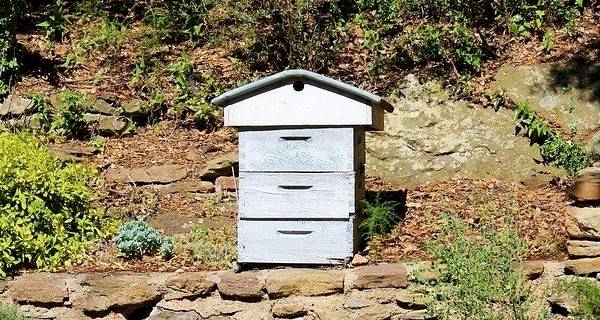
There are various laws that govern the practice of beekeeping in various states and regions. To ensure you don’t fall afoul of these laws, it is advisable to speak to your local government about your new hobby/business. For instance, some regions have a limit on how large a beehive can be or how close to dwelling areas they can be. Also, it might not be a bad idea to give the neighbours a heads up as they might be inconvenienced by the bees.
Researching Bees and Beekeeping Tasks
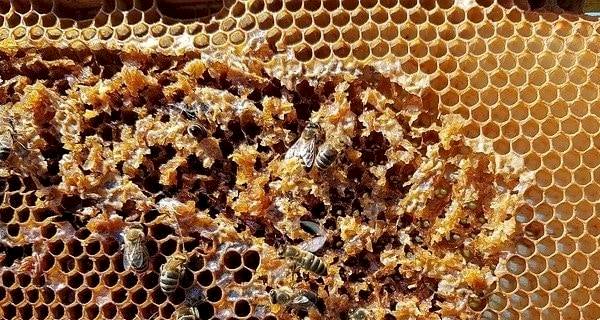
You simply can’t wake up one morning and start beekeeping. In all likelihood, it won’t go well!
Reading up on bees and learning about them will go a long way in preparing you for this task. Not only that, but you need to familiarize yourself with the tasks and responsibilities of an average beekeeper. That said, it isn’t too difficult.
As a beekeeper, you’ll need to carry maintenance from time to time. Depending on your preference, a weekly, or bi-monthly schedule is acceptable when taking care of bees. More enthusiastic beekeepers might check in on the bees daily, but this could disrupt their work and is generally not advised.
Apart from that, you will also be responsible for the following tasks:
- Collecting honey and other materials
- Splitting the colony where necessary
- Destroying extra queen bee cells
- Getting rid of diseased colonies
Picking the Right Spot
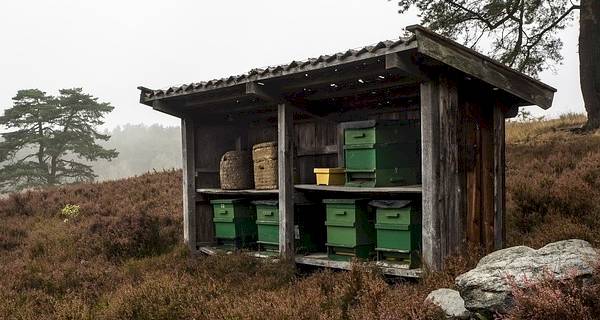
We’ve discussed the amount of space needed to practice beekeeping. Apart from ensuring there is ample space, you also need to pick the right spot for the hive(s). To do this properly, there are a few tips you could use.
- Protection from the elements: Bees work well in a warm environment, but it is necessary to ensure it doesn’t get too hot or this could adversely affect them. On the other hand, you’ll need to protect them during the winter months. So, wherever you decide to place them, ensure they get some warmth.
- Ample space between hives: While beehives can be placed close to each other, it is usually better to give them some space. This provides ample space for taking off and landing and prevents the bees from getting in each other’s way.
- Water: Like every other creature, bees need water, and it is necessary to ensure that there is a water source nearby.
- Hive entrances: Keep in mind where the entrance of the hive is facing. This is because bees might deem humans or pets as a threat if the entrance is facing a walkway.
- Access: Ensure the hive is at a location that is easily accessible. Also, you should have a clear view of the hive in case of emergencies.
Choosing a Hive
Choosing the right hive is dependent on several factors including space, maintenance, and so on. There are a few types of hives and before you go for one, consider the pros and cons. For instance, a Langstroth hive is easier to keep in an urban area.
Gathering the Correct Supplies and Setting Up
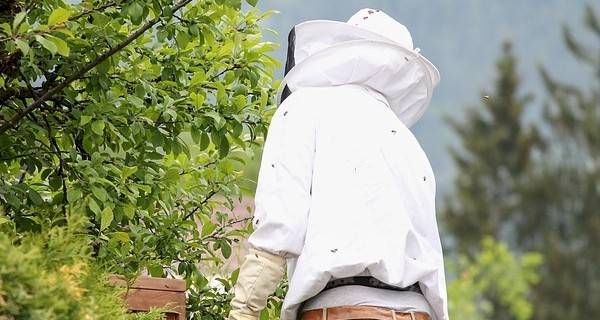
We’ve already discussed the tools you’ll need to set up a beehive. Depending on your budget, ensure you buy the most important tools first (a beehive, veil, bee brush, and a smoker). Other equipment can be bought later. Once done, you can start setting up your bee colony!
Purchasing Honeybees
You might decide that getting the bees is the last thing on your list; however, there is some wisdom in buying them first. This is because you’ll have time to pick the type of bees you want. If you need some help deciding on the type of bees, you can research online, or ask one of the many bee associations around your area.
Types of Bees
There are three major types of bees:
- Worker Bee
- Drone Bee
- Queen Bee
Worker Bees
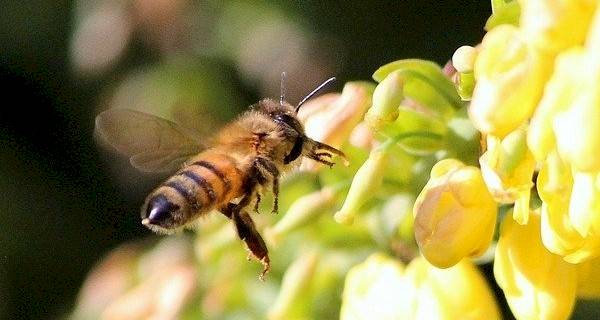
As the name implies, worker bees do most of the work in the hive. They are also female, but cannot reproduce and instead, act as caretakers for the colony. Their job includes providing the queen with food, collecting nectar, making wax and so on. Visually, they are different from the queen and are typically shorter. However, much like the queen, they have stingers but can only sting mammals once.
Drone Bees
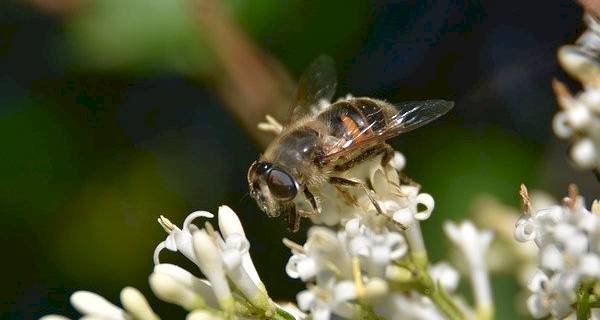
Drones are male, and unlike their female counterparts, don’t do any work. Instead, they mate with the queen. They can’t even sting and due to the queen only needing to mate once, might live their entire lives without fulfilling their roles. Drone bees are usually rendered homeless in the fall as their continued presence puts a strain on resources. They are longer than worker bees and have larger eyes.
Queen Bees
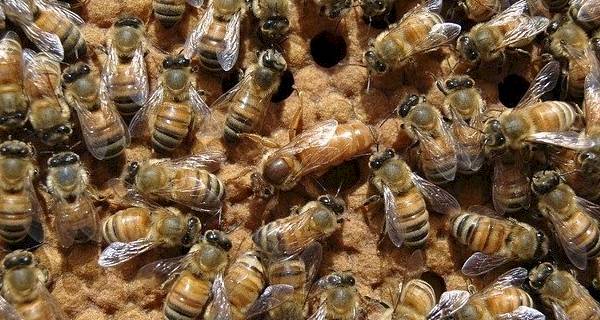
Everything in the hive is done in service of the queen bee. Every colony has just one, and she is the only fertile bee. That said, she also works pretty hard laying eggs in the hive. The worker bees wait on her every need, including disposing of her waste.
The workers also decide on a new queen by picking a larva which is then fed on royal jelly. This continues for the rest of that bee’s life. Like worker bees, queen bees have a stinger. They also have a larger abdomen which makes her easier to identify.
Beekeeping Pests and Diseases
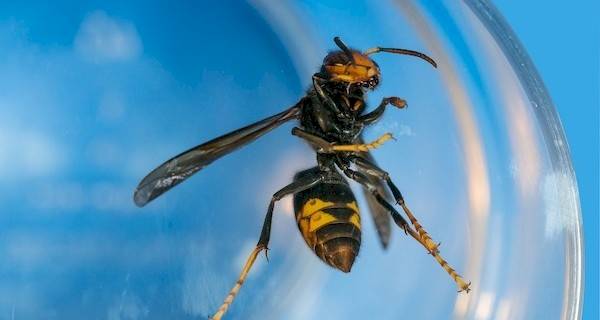
If you’re serious about beekeeping, you need to made aware of all the pests and diseases that can harm your bees and what to do about them when they occur. In the UK, specific pests and diseases need to be reported to the National Bee Unit.
Asian Hornets
This is a predator of honey bees and causes substantial damage and losses to bee colonies. It’s not a native species to the UK, but there have been reports of it being in Britain form around 2016. They have yellow-tipped legs, a dark velvet-like body and on their fourth abdomen segment, they’ll have a yellow or orange band. If you identify one contact the UK Centre for Ecology & Hydrology.
Small Hive Beetles
Small hive beetles are a notifiable pest, and if you believe it’s present in your beehives, you’ll need to contact the National Bee Unit. They’re a reddish-brown, oval-shaped and about 5mm long and 3mm wide. Once you’ve contacted the NBU your hive will be inspected, until it’s been approved, don’t remove any honey, colonies or equipment from the area.
Tropilaelaps Mites
This is a notifiable pest, so if you suspect that your hive is infested, contact the NBU and don’t remove any honey, equipment or colonies from the area until an NBU inspector has authorised it. Tropilaelaps mites are reddish-brown in colour, have extended bodies, and will appear in brood cells.
Varroa
The varroa mites are a hazardous pest that is pretty common in the UK and you’ll more than likely come across it if you begin beekeeping. It’s not a notifiable pest and there are a variety of ways to treat them, and if you notice an infestation early, the mites won’t be as destructive to your hives. Varroa mites live on the bees themselves, and have eight legs, are reddish-brown in colour and can be seen on the bees with the naked eye.
European Foulbrood
European foulbrood is a harmful disease and if found in your hive, needs to be reported to the National Bee Unit. You’ll have to close the hive and disinfect all beekeeping apparatus before investigating other colonies. Don’t remove anything from the area until an investigator has approved everything is under control.
The signs of European foulbrood are:
- Bitter, foul odour
- Dead larva turns a yellowish-brown colour
- Irregular brood patterns
American Foulbrood
Again, this disease needs to be reported to the NBU straight away if you suspect it’s present in any of your colonies. Same as with European foulbrood, you’ll have to close the hive and disinfect all beekeeping apparatus before investigating other colonies, and nothing must leave the area until an investigator approves.
The signs of American foulbrood are:
- Bitter, foul odour
- Ropey mucus
- Sunk and perforated wax cappings
Chalkbrood
This isn’t considered a serious disease, and it doesn’t need to be reported. However, it can kill a significant number of the brood. It’s a fairly common fungus infection which covers the dead brood in a white, chalk-like coating.
Sacbrood
Sacbrood is a common disease during the start of the brood-rearing season and won’t cause significant colony loss and sometimes won’t even be noticeable. It changes larva into a yellow colour, as well as sunken, perforated and discoloured cappings. This disease doesn’t need to be reported.
Preventing diseases and pests as much as you can is crucial when beekeeping and hygiene plays a key role in prevention. Ensure you keep all beekeeping equipment clean and disinfected, and if you do have an infection in your apiary, use disposal gloves (nitrile) to stop the spread.
Beekeeping Course
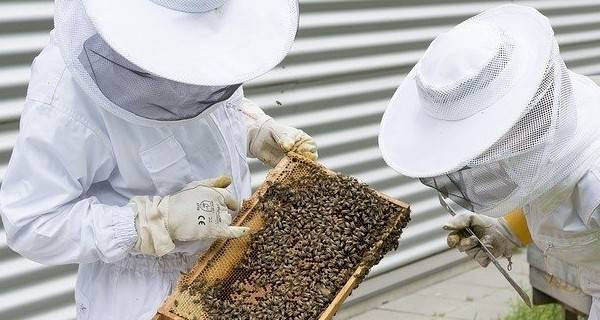
A beekeeping course is an academic program that helps teach the basics of beekeeping and all the necessary skills to thrive in the space. It also provides knowledge about the business opportunities available to participants. It is important to take a beekeeping course as it exposes you to various beekeeping practices that will help you in the long run.
Not only that, but you learn quite a few skills, including How to start a colony, hive maintenance, site location depending on the weather, business skills, and beekeeping machinery. More so, there are numerous options when looking to attain a certificate in beekeeping, and you can take courses from the comfort of your home. Additionally, some universities have beekeeping courses in their roster.
British Beekeeping Association
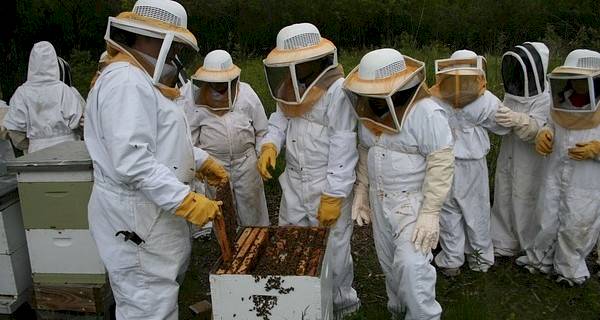
The British Beekeeping Association is a body that was established to promote and grow the beekeeping craft. They are a great source of information for many young beekeepers. In fact, they are pretty helpful as they provide lecturers and speakers who can help broaden the knowledge of beekeeping.
Additionally, they also offer programmes that target the young in a bid to keep the craft of beekeeping alive. Finally, they advise the government on strategies that improve the quality of life for bees which, in turn, improves the state of the environment. For more information, you can visit their website.
To Conclude
Bees are beneficial to life as we know it and beekeepers are rendering a huge service to humanity. With the tips, points, and guides provided above, you can start your journey as a beekeeper!
FAQs
How much does beekeeping cost?
One of the biggest advantages of beekeeping is that it is an inexpensive venture. While you might initially have to spend some money to get started, it will probably make you more money in the long run. You can start beekeeping on a budget of less than £1000.
How long do bees live?
Typically, a worker bee has a lifespan of about 6 weeks during the active season. However, in the winter, they live longer, some surviving as long as six months. On the other hand, the queen bee lives for much longer and has a lifespan of about two to three years
What do bees eat?
Bees generally subsist on a diet of nectar. When worker bees choose a queen, they feed the larva with royal jelly.
Do bees die when they sting?
Worker honeybees have a stinger and once used on a mammal; they die. However, they can sting primates again and again. On the other hand, drone bees don’t have any stingers at all.
Why do bees swarm?
Bees tend to swarm if due to overcrowding they split the colony. In such cases, a large chunk of the bees leaves the existing hive to form a new one elsewhere.
Sources
https://www.avasflowers.net/teaching-kids-about-the-importance-of-honeybees
https://www.bbc.com/news/science-environment-34749846
https://animals.howstuffworks.com/insects/beekeeping1.htm
https://beekeepclub.com/getting-started-beekeeping/what-is-beekeeping-the-beginners-introduction/
https://www.webmd.com/vitamins/ai/ingredientmono-305/beeswax
https://www.honeybeesonline.com/frequently-asked-beekeeping-questions/
https://www.thespruce.com/beekeeping-for-beginners-step-by-step-301654
https://bees.techno-science.ca/english/bees/life-in-a-hive/worker-bee.php
Last updated by MyJobQuote on 10th August 2020.

